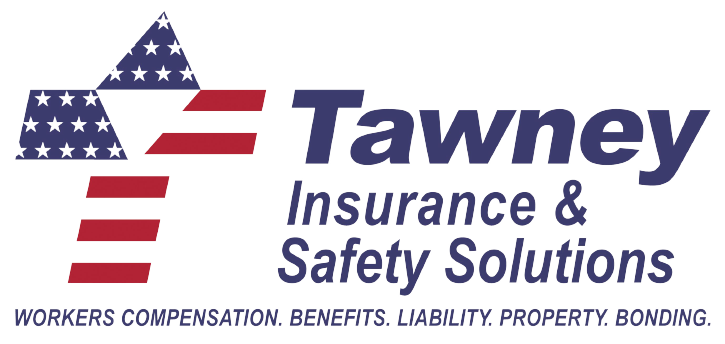Extension Ladder Safety: Practices to Prevent Workplace Falls
Extension ladders are essential tools on job sites. However, they're also a significant source of workplace injuries. According to the U.S. Bureau of Labor Statistics, approximately 40% of ladder accidents occur while using extension ladders, making them among the leading causes of ladder-related injuries.
Common Issues with Extension Ladders
Based on our safety consulting experience, these are the most frequent issues seen on job sites:
Mismatched or damaged ladders - Ladders with missing labels, damaged rungs, or bent sections compromise safety
Improper setup - Incorrect angle placement and unstable footing lead to accidents
Missing labels - Labels contain critical information including weight ratings and usage instructions
Unsecured ladders - Ladders not properly secured at top and bottom
Improper use - Not maintaining three points of contact or leaning too far to the sides
Essential Safety Practices
1. Inspect Before Every Use
Always check your ladder for:
Damaged or bent rungs
Deflected rails
Missing or damaged labels
Proper function of spring-loaded catches
Any structural issues that could compromise safety
If any defects are found, remove the ladder from service until repaired or replaced.
2. Proper Setup
Position the ladder at a 4:1 ratio (for every 4 feet up, position the base 1 foot away from the wall)
Ensure level footing - take the time to level uneven ground
Extend the ladder at least 3 feet above the upper landing surface
Secure the ladder at both top and bottom to prevent movement
Test the stability before climbing - if it moves, reposition and secure it
3. Climbing Safely
Maintain three points of contact at all times (two hands and one foot, or two feet and one hand)
Face the ladder when ascending or descending
Never carry tools in your hands while climbing - use work belts, pockets, or pull tools up later
Keep your belt buckle (center of gravity) between the side rails - never lean outside
Descend and reposition the ladder rather than overreaching
4. Additional Best Practices
Never use a pull rope to secure the ladder
Ensure proper weight rating for the user plus tools and materials
Do not use ladders on slippery surfaces without securing them
Maintain documentation of ladder inspections
Replace damaged labels by ordering from the manufacturer
Training Makes the Difference
Regular training on ladder safety significantly reduces incident rates. Our safety consulting team regularly conducts hands-on training with fun, interactive sessions that increase retention and compliance.
As one client shared after our recent training: "55 employees through annual training for Tri County Electric. How did we do it? By having fun! 2 Fridays, 12 Total Hours, Countless jokes and good vibes—with OSHA compliance achieved."
When to Replace a Ladder
Follow these guidelines for when a ladder must be replaced:
Dents in rungs deeper than 1/4 inch (check manufacturer specifications)
Broken or missing components
Ladders that have been exposed to excessive heat or corrosive substances
Any ladder involved in a fall or significant impact
Final Thoughts
Remember, if you feel a ladder setup is unsafe, it probably is. Trust your instincts and take the time to correct any issues before climbing. The few extra minutes spent securing your ladder properly can prevent serious injuries or fatalities.
At Tawney Insurance & Safety Solutions, our hands-on safety consulting ensures you reduce job site risk. With our Total Risk Management approach, we provide both expert safety consulting and unbiased insurance advice to help protect your business and your employees.
Contact our team on LinkedIn for tailored solutions.
Watch our more job site safety videos here - https://www.youtube.com/@tawneyinsurance
